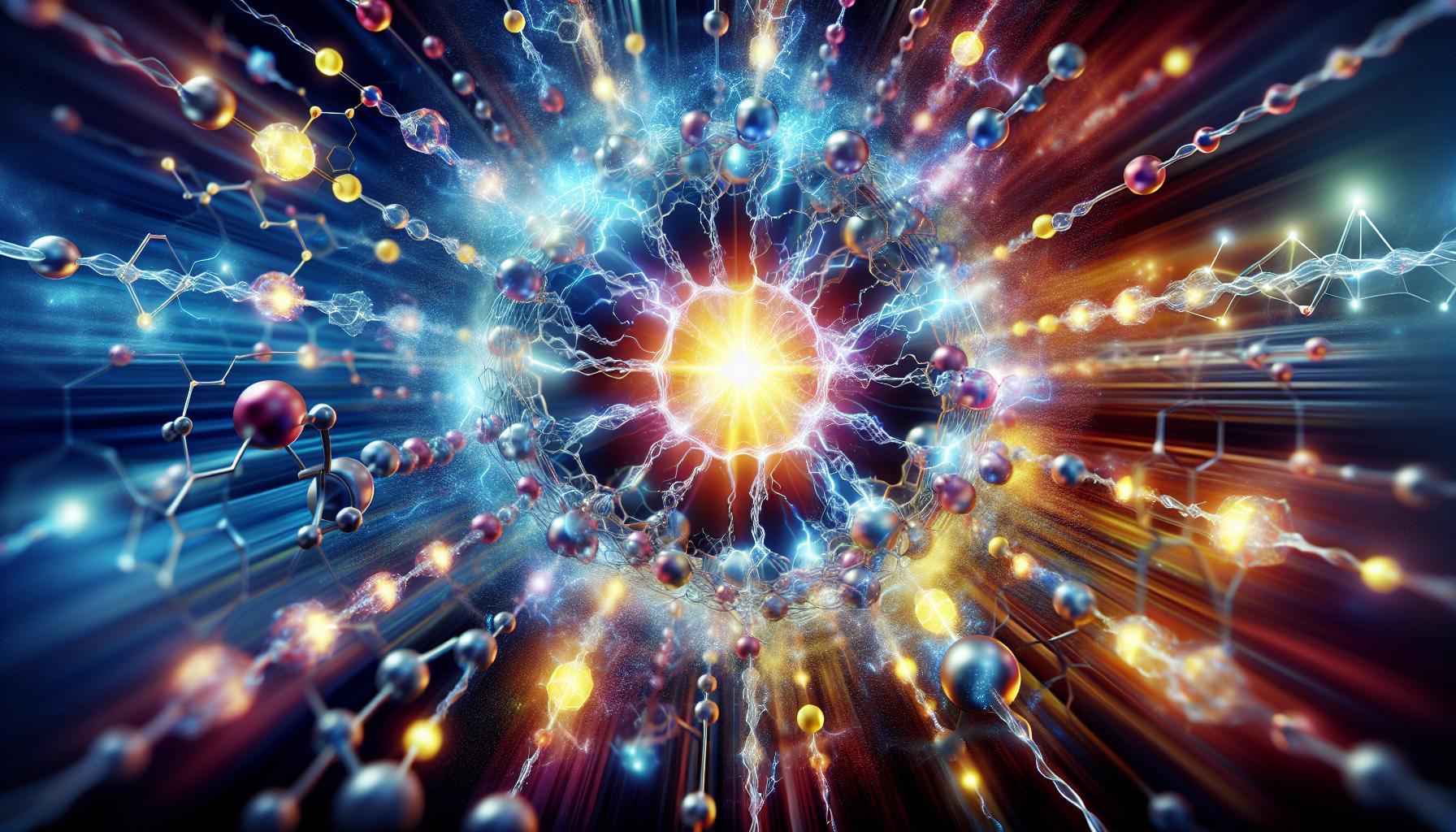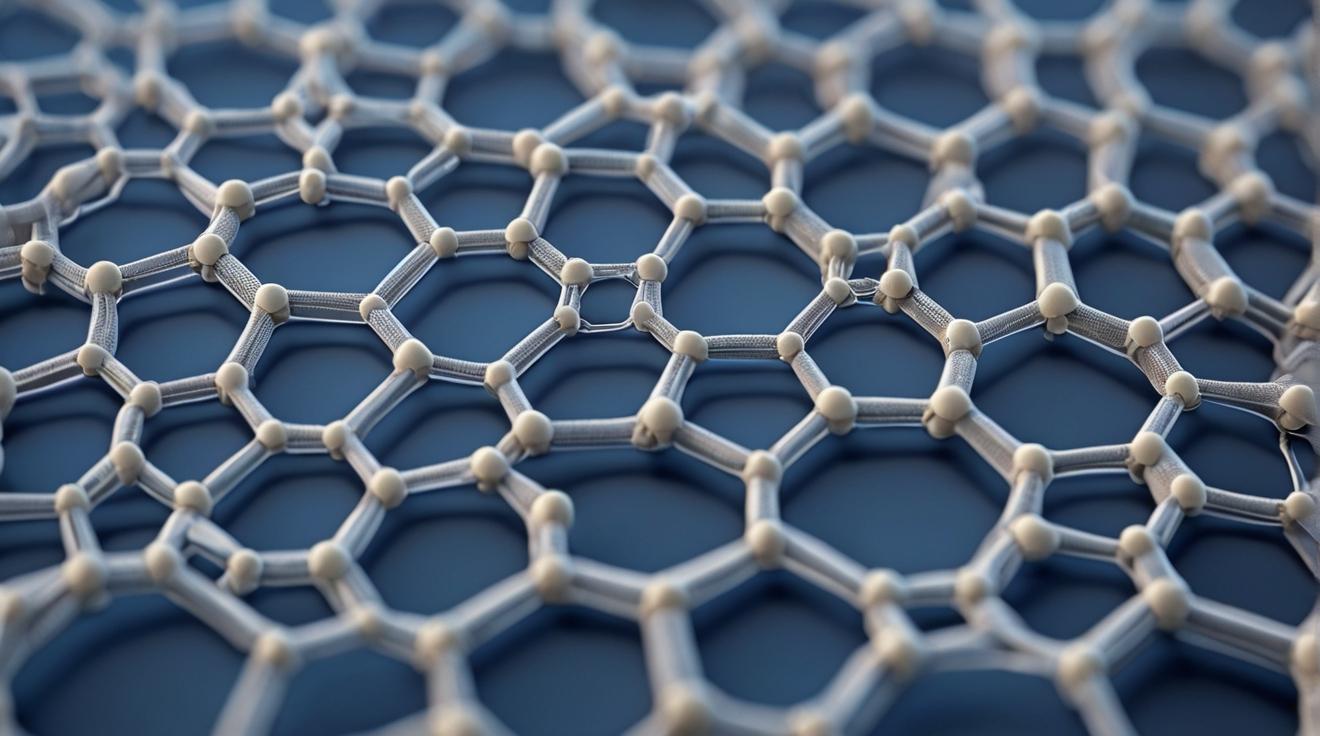Mapping the Proton-Coupled Electron Transfers at Electrode Surfaces
A team of chemists from MIT has made a significant breakthrough in understanding the complex process of proton-coupled electron transfers that occur at electrode surfaces. This reaction, which involves the movement of protons between the surface of an electrode and an electrolyte, plays a crucial role in various energy technologies such as fuel cells and electrolyzers used for hydrogen production. The researchers were able to precisely map out the details of how these transfers occur, providing valuable insights that could lead to more efficient energy conversion devices and catalytic reactions.
The study, published in the journal Nature Chemistry, sheds light on the nature of proton and electron coupling at a surface site. This knowledge is highly relevant to the development of energy conversion devices and catalytic reactions, as it allows scientists to better understand the underlying mechanisms and optimize their performance. Yogesh Surendranath, a professor of chemistry and chemical engineering at MIT and the senior author of the study, emphasizes the importance of this advance in unraveling the complexities of proton-coupled electron transfers.
Understanding the Role of Proton-Coupled Electron Transfer in Energy Technologies
Proton-coupled electron transfer reactions are ubiquitous in many energy applications and catalytic mechanisms. They are particularly critical for energy conversion processes like hydrogen generation and fuel cell catalysis. In these reactions, a molecule transfers a proton to another molecule or to an electrode surface, leading to the acceptor molecule taking up an electron. This process has been harnessed in various energy technologies, including fuel cells and electrolyzers.
By understanding the fundamental nature of proton-coupled electron transfer at electrode surfaces, researchers can gain insights into improving the efficiency and performance of these energy technologies. The findings of this study provide a molecular-level mechanistic framework for studying and optimizing these processes, opening up new possibilities for advancements in energy conversion and catalytic reactions.
Impact of pH on Proton Motion and Electron Flow in Electrodes
One of the key findings of this study is the impact of pH on the rate of proton motion and electron flow within electrode surfaces. The researchers discovered that changes in the pH of the electrolyte solution surrounding an electrode significantly affect these rates. They observed that the highest rates occurred at the extreme ends of the pH scale, pH 0 (most acidic) and pH 14 (most basic).
This phenomenon can be explained by two possible reactions that can occur at the electrode: the delivery of protons by hydronium ions (H3O+) and the delivery of protons by water molecules. The researchers found that the rate at pH 0 was approximately four times faster than the rate at pH 14 due to the faster proton donation by hydronium ions. These findings highlight the importance of pH in controlling and optimizing proton-coupled electron transfer reactions at electrode surfaces.
Unraveling the Kinetics of Proton-Coupled Electron Transfer Reactions
Studying proton-coupled electron transfer reactions at electrode surfaces is challenging due to the heterogeneity of these surfaces. To overcome this obstacle, the MIT team developed a novel approach using electrode surfaces made of graphene sheets with well-defined organic compounds attached to them. This design allowed for precise control over the composition of the electrode surface and facilitated the measurement of electrical current flow.
Using this system, the researchers were able to unravel the kinetics of proton-coupled electron transfer reactions. They measured the rate of proton transfer to the oxygen ion at the surface and discovered that the pH of the surrounding solution played a significant role in determining this rate. This breakthrough provides valuable insights into the fundamental aspects of proton-coupled electron transfer and paves the way for further optimization of energy conversion processes.
Reconsidering Existing Models for Proton-Coupled Electron Transfers at Electrode Surfaces
The surprising discoveries made by the MIT researchers in this study challenge the existing models for proton-coupled electron transfers at electrode surfaces. The assumption that the forward and backward reactions contribute equally to the overall rate of these reactions may need to be reconsidered. The researchers found that the two reactions, involving proton donation from hydronium or water and proton removal by water or hydroxide, have equal rates not at neutral pH 7 but at pH 10, where the concentration of hydroxide ions is significantly higher.
These findings suggest that the existing models used to analyze fuel cell catalysis and hydrogen evolution may need to be revised. By questioning these assumptions and further studying the effects of different ions in the electrolyte solution, the MIT team aims to gain a deeper understanding of proton-coupled electron transfer reactions and potentially uncover alternative mechanisms for optimizing energy conversion processes.
Analyst comment
Positive news: The team of chemists from MIT has made a significant breakthrough in understanding proton-coupled electron transfers at electrode surfaces. This insight could lead to more efficient energy conversion devices and catalytic reactions.
As an analyst, the market for energy technologies such as fuel cells and electrolyzers used for hydrogen production is expected to experience advancements and improvements in efficiency and performance due to the findings of this study.













